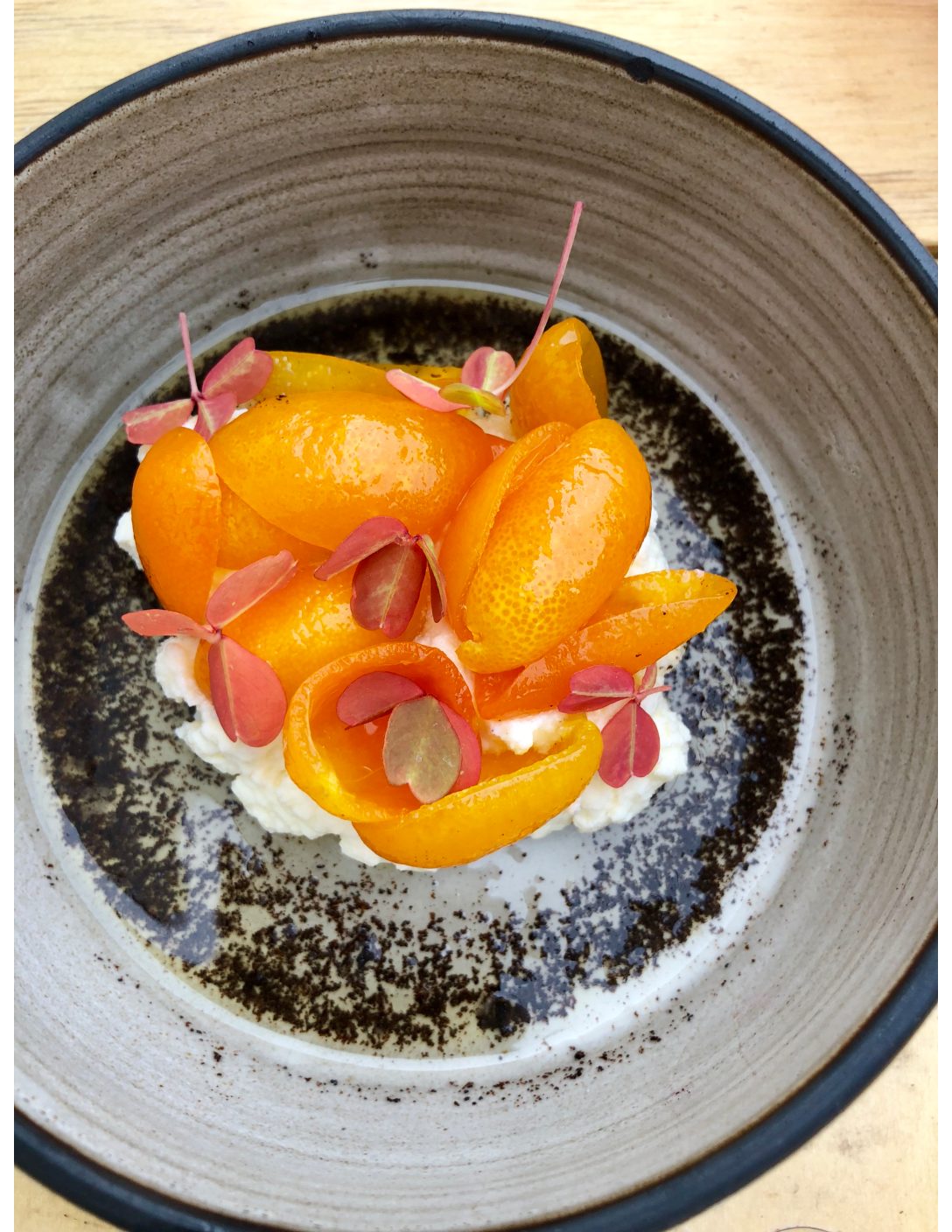According to biographer Craig Nelson, in the last few weeks of his life, everything Thomas Paine ate triggered episodes of vomiting. In response, he allegedly gave food up entirely until he died. Maybe that’s the real story? We think maybe Paine just witnessed the bad behaviors and fibs of colonial celebrity chefs and restaurateurs and couldn’t take it anymore.
We know the feeling. As their modern counterparts have grown in stature and the PR machines have heated up, so has the mythology of dining out. Since the truth shall set you free, we bring a little common sense to bear on some common culinary-related misconceptions.
Untruth #1: High-end chefs only drink Miller High Life and eat burgers at Kuma’s Corner on their days off.
The Truth: I’ve heard so many off-the-record stories of chefs doing Michelin three-star restaurant crawls and twenty-course bacchanals while consuming so much first-growth Bordeaux wine they could fill a hot tub with what they drank, that I choke every time I read a quote like that. It’s all part of a carefully crafted ploy to make you think chefs are just like us. And while it’s true, they appreciate good comfort food, check out Avec or Paramount Room late during the week or Pops for Champagne on Monday night and see how many line cooks you see blowing their weekly pay on craft beers, good wine and multi-course late-night snacks. I guarantee it’ll be a lot more than the ones you see eating Hot Pockets and Kraft Handi Snacks while waiting for a bus ride home after a long shift.
Untruth #2: The chef is in the kitchen and he cooked your food.
The Truth: Generally speaking, top executive chefs do not cook your food. They stand at the pass of their restaurants in crisp clean chef’s whites barking out orders and indulging in a little quality control at night while spending the rest of the day doing interviews, working on menus and “strategizing.†If they own more than one restaurant, unless they’ve stolen the technology used in the Michael Bay film “The Island†and cloned themselves, depending on where you’re eating, you’re getting the shaft at one of those locations. That’s not to say a chef de cuisine can’t be good. In fact they can be great, but the top chef is still taking all the credit. Props to Paul Kahan who talks as much about Mike Sheerin running Blackbird as he does about himself.
Untruth #3: We only use local sustainable food that we bought at the farmer’s market or direct from family farms.
The Truth: Uh, yeah, because I’m sure, like Jesus, you’ve mastered the whole fish and loaves thing and can feed 200 people on a busy Friday night with that one recycled canvas grocery bag from Whole Foods that you just filled with eight pounds of Italian-style kale and four heirloom tomatoes at Green City Market during a photo-op. If someone should ever get ahold of America’s major corporate food-service distributor’s accounting ledgers, the number of supposed local sustainable cooks with major accounts would be longer than Joe McCarthy’s list of alleged communist sympathizers. Buying from a couple of family farms is nice, but don’t make it a prime selling point of your kitchen if it’s only a small percentage of what you do. There are only a few Chicago restaurants like Mado or Lula that are solidly committed to local sustainable cooking.
Untruth #4: That steak you just ate is Kobe beef.
The Truth: Likely too busy still casing out foie gras-ban-era nose-thumbing scofflaws, no one from the local health department is going around demanding to see labels that specify a particular beef came from the Tajima cattle in the Hyogo Prefecture. That’s the FDA’s job, and they usually only investigate when someone complains of a violation. Unless you’re at a super-high-end spot, it’s likely anything called Kobe is more likely American-style Kobe or Waygu breed cattle raised in California and not the authentic deal from Japan. There are definitely some people taking advantage of suspicious marketing and charging you through the nose. The same holds true for sushi. Two years ago, Sun-Times food editor Janet Rausa Fuller had so-called “red snapper†tested from fourteen different Chicago sushi restaurants. The tests revealed not a single fish sampled was actually the advertised red snapper. So next time you’re chomping on what you think is Otoro, it might just be Tilapia slathered in Crisco.

